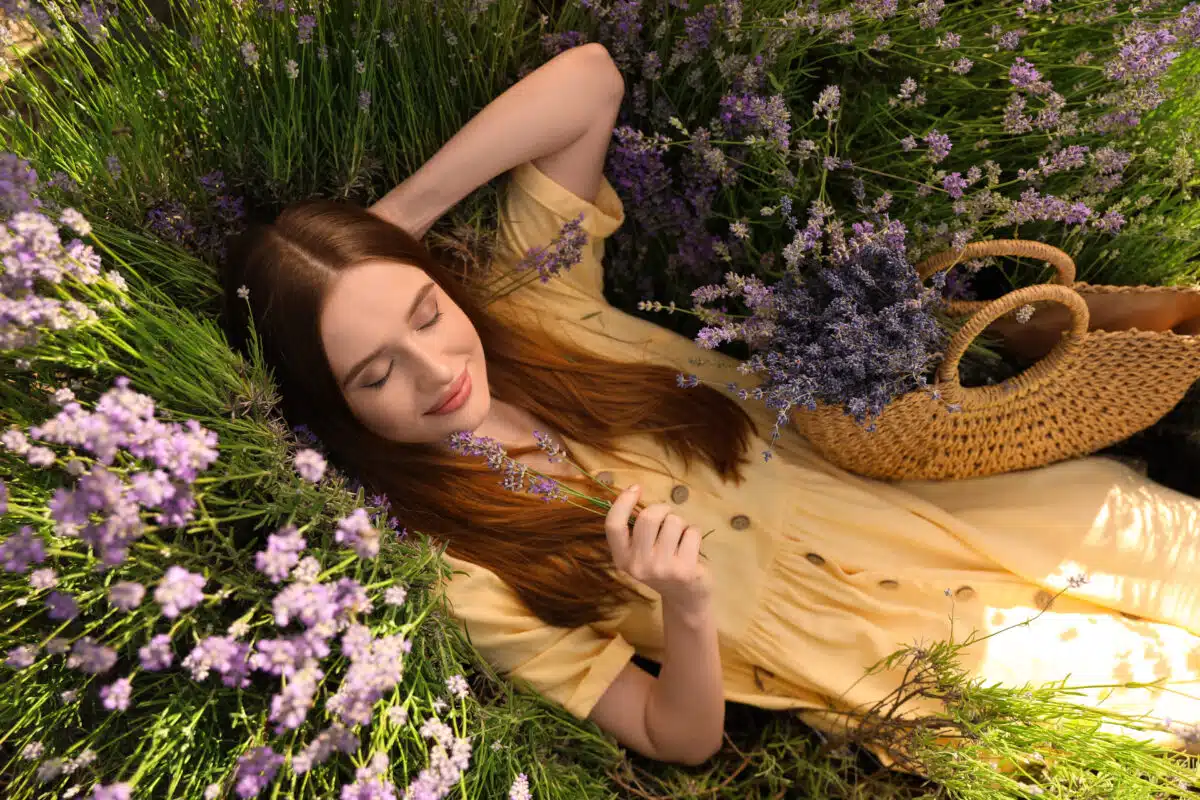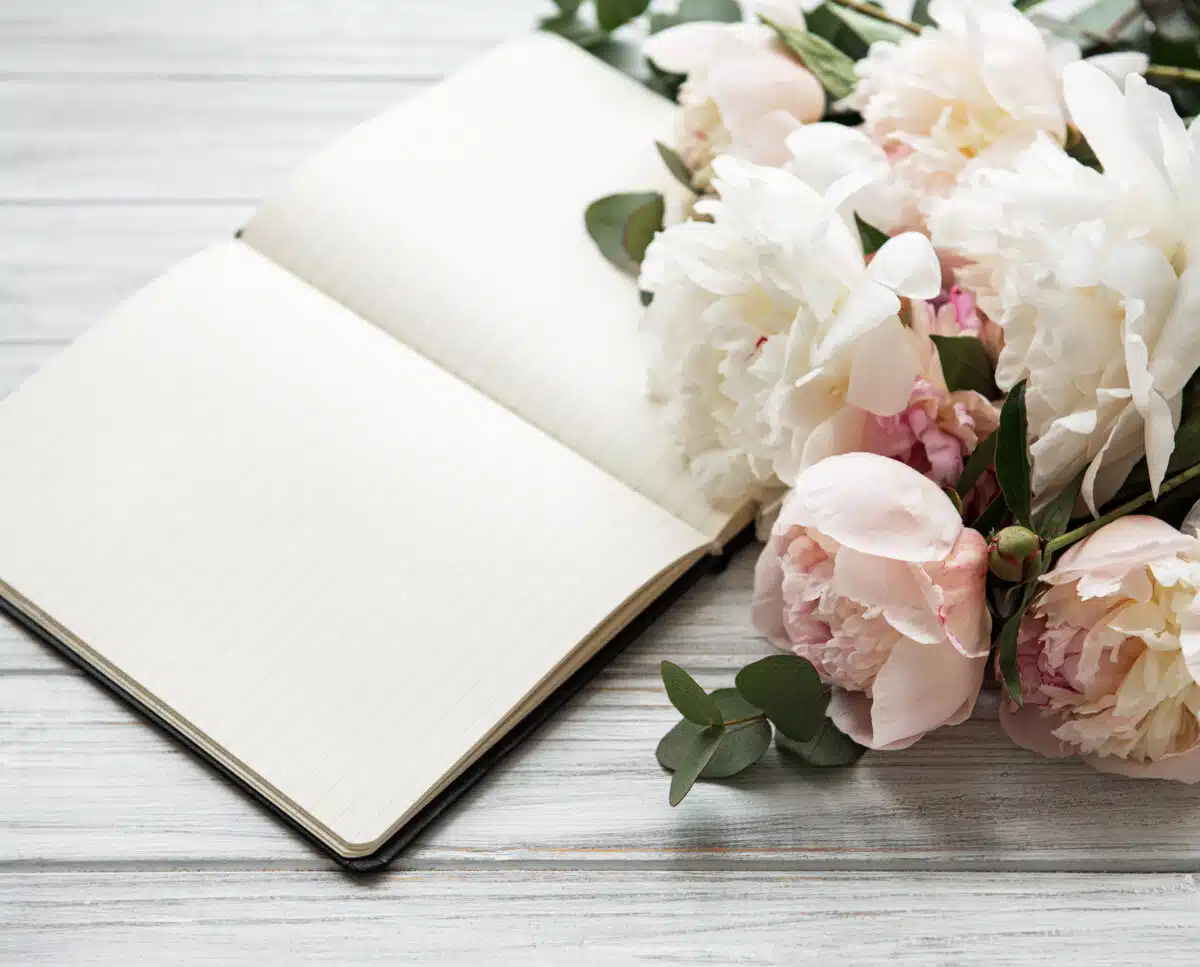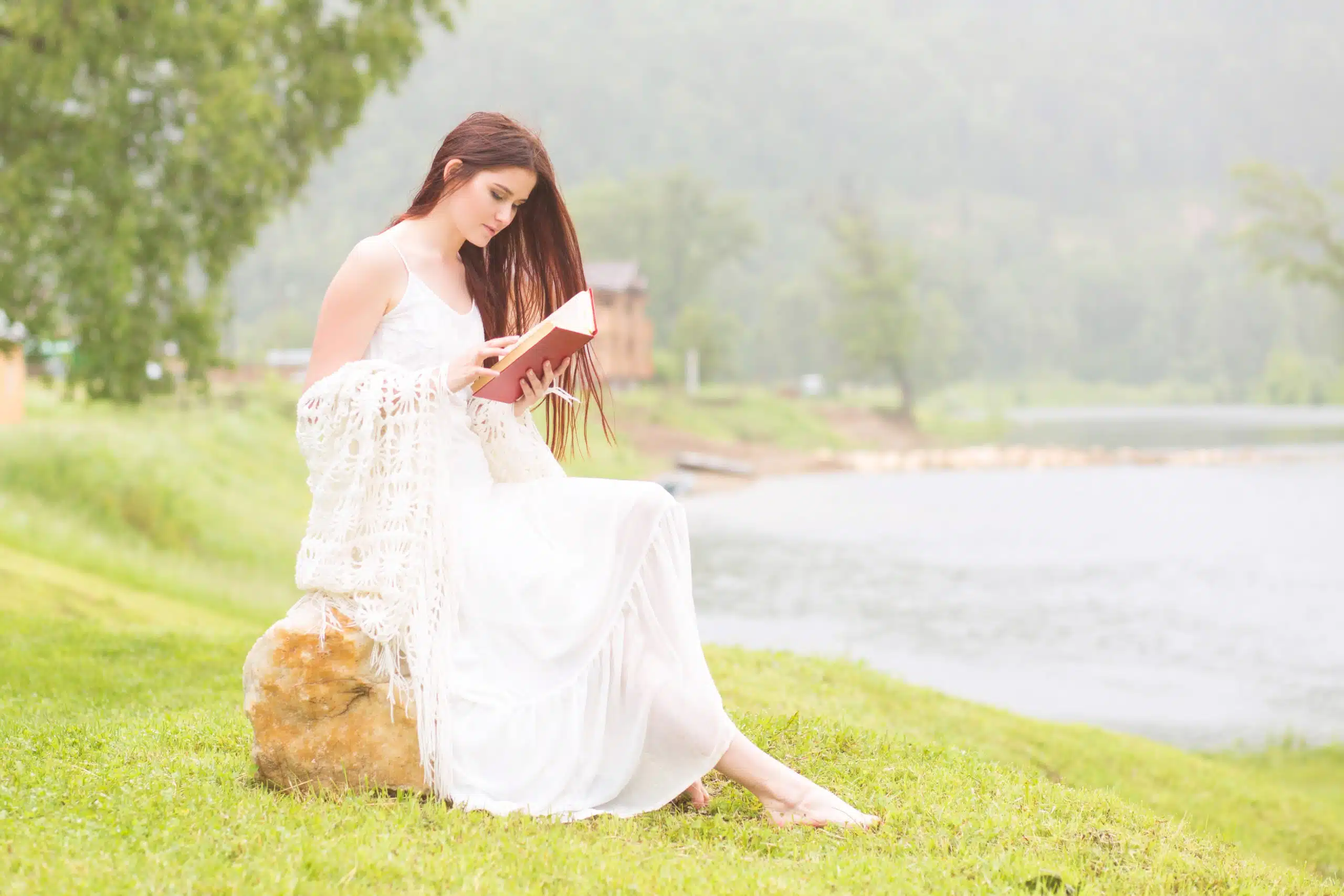Here’s what the Chant Royal poetry form is:
Chant royal is a fixed verse form of French origin. This poem type was developed in the 13th to 16th centuries.
While the form has gone through multiple variations, the most common format in the modern era utilizes 11-line verses followed by a 5-line envoi, all with strict rhyme schemes and a refrain that appears at the end of every verse.
So if you want to learn all about the Chant Royal poetry type, then you’ve come to the right place.
Let’s jump right into it!

Forms of Poetry: Chant Royal

The Chant Royal is one of many French forms of fixed verse with a painfully complex structure consisting of a strict rhyme scheme and a refrain repeated at the end of every verse.
While not as complex as a handful of other forms, the length of the form makes it a harsh challenge for new poets.
The chant royal is a relatively uncommon form of poetry that only made the transition into English in the last few centuries after a long period of dormancy.
It was definitely at its peak back around the time that it was first introduced in France and only resurfaces at random intervals now, usually failing to inspire widespread interest.
Basic Properties of Chant Royals

| Rhyme Structure | Strict |
| Meter | Optional |
| Origin | Medieval France |
| Popularity | Most popular in Medieval France; has not achieved much mainstream success since |
| Theme | Historically intended for nobility; romance and heroism were popular topics |
How Are Chant Royals Structured?

A Chant Royal typically consists of six stanzas.
The first five stanzas are structurally identical 11-line verses, with a rhyme scheme of ababccddedE, in which the capital ‘E’ represents a refrain to be repeated at the end of every verse.
The rhyming words at the ends of lines will ideally not be used twice, except with the exception of the refrain.
The final stanza is usually a 5-line envoi with a rhyme scheme of ddedE, though there have been examples with a 7-line envoi instead, in which the rhyme scheme becomes ccddedE (essentially adding a single rhymed couplet to the beginning).
Chant Royals traditionally have consistent line lengths, with the most common syllable counts being eight and ten.

In English, this makes the form an ideal candidate for an Iambic meter.
Much like the ballade, the Chant Royal went through a number of variations during the peak of its popularity.
These variations included versions in which the initial stanzas could have anywhere from 8 to 16 lines, but the form has mostly settled into the 11-line iteration for modern poets.
There are also Chant Royals that only use three initial stanzas instead of five, resulting in a much shorter poem.
It should be noted that the Chant Royal is not an especially popular form.
Perhaps due in large part to its complexity, modern poets should not be afraid to play around with the form’s structure as long as the result is still identifiably inspired by the core principles of the form.
Example of a Chant Royal

Famous examples of Chant Royals are few and far between, and mostly restricted to French.
As such we will be using two brief examples written just for this article that showcase the structure of the main body and the structure of the envoi.
First Verse of a Chant Royal
Beneath the skies
I wait, sleeping,
my weary eyes
only keeping
glimpses of gold,
glittering, cold,
addicting me
to what I see,
for somewhere here,
treasures may be.
I sense them near.
The above example showcases only the first verse of a Chant Royal (as evidenced by the title) since all verses aside from the envoi will ultimately follow the same rhyme scheme and structure.
Of special note is the last line, “I sense them near.”

For this reason, lines that are vague and can be recontextualized easily work well, especially in complete sentences.
“I sense them near” seems to refer to the ‘treasures’ of the preceding line in this case.
However, in a full Chant Royal, this line could easily refer to six completely different things over the course of the poem depending heavily on the penultimate line of each stanza.
Now let’s move on to an envoi that you might see in the same poem.
Envoi of a Chant Royal
I will be free,
brimming with glee.
My friends so dear
such ecstasy.
I sense them near.
We see a return to the refrain which this time seems like it’s probably referring to the ‘friends’ mentioned a few lines higher.
Perhaps the treasures from the first verse ended up being the friends we found along the way?
Jokes aside, you’ll notice that the stanzas stick strictly to 4-syllable lines.
This is optional but maintaining a strict line length (usually longer than this) does tend to help homogenize the structural elements of formal poems.

If you pay attention to the rhyme scheme, you may notice that the envoi is actually an imitation of the last five lines of the rhyme scheme used in the preceding stanzas.
This is not an accident.
Early iterations of the Chant Royal would have the envoi be roughly half the length of the other stanzas, purposely utilizing the same rhyme scheme as the endings of the other stanzas.
This is also why a length of either five or seven lines is appropriate for a Chant Royal with 11-line core stanzas.
The actual halfway point would be six lines, so we come as close as possible.
Of course, this line of reasoning has largely been lost to history and most modern readers who are familiar with the form will expect five lines.
History of Chant Royals

Chant Royals first emerged roughly around the 1400s in France.
Their early inception has been attributed to poets like Christine de Pizan and Charles d’Orleans, but it is ultimately unclear who wrote the first poem that could be called a true Chant Royal.
As with many Medieval forms, the Chant Royal initially focused on topics that would appeal to a courtly audience, such as fanciful romance and heroism.
Most of the form’s development and experimentation happened exclusively in France until around the end of the 19th century when a number of old French forms were revived in English.
The form has not had as profound an impact on the history of poetry as sonnets or ballads.
However, even famous poets have been quoted as saying that the form is impractical or unwieldy, especially in English.
The stricter a form is, the harder it is to write a poem that surpasses the stringent rules of the form in order to sound natural and meaningful.
And the Chant Royal has historically proven to be a form that most poets naturally shy away from.
Tips for Writing a Chant Royal

Choose end words with easy rhymes. That’s seriously the most important tip.
You ideally don’t want to repeat end words if at all possible. But that’s incredibly hard to do for more than a few lines in English.
So don’t beat yourself up if you have to throw that particular expectation out the window.
Even so, keep repetition to a minimum, since your readers don’t want to see the same words and phrases over and over again.
This is why it’s crucial to choose easy words that have a long list of rhymes to work with.
Try plugging a word you’re thinking of using into a digital rhyming dictionary to see how many results pop up.
Most modern search engines can also do this for you by simply searching something like “words that rhyme with boy.”
If there are dozens of results, good. If there’s only one other word in the English language that rhymes, maybe don’t use that word.
Your first stanza will ultimately determine the end sounds of the entirety of your poem, including the envoi, and will set up the refrain that you’ll be using from that point onward.

Make absolutely certain you’re comfortable with the end sounds and refrain before going forward with the rest of the poem.
As was showcased in the earlier example, you may want to choose a refrain that can take on different meanings depending on the context it’s used in.
Alternatively, you could choose an inflexible refrain on purpose if your speaker is supposed to be cycling back to the same train of thought over and over, depending on your intent.
Chant Royals are an inherently challenging form, so in general, you should just make sure that every choice you make is purposeful and deliberate.
One of the biggest selling points of the Chant Royal is the bragging rights you have for having written one.
You will be one of only a handful of poets writing one at any point in time, so try to put your best foot forward.
Poet’s Note

Basically, the history of this form is as follows: “A handful of scholars with too much free time on their hands revived some dead forms from France.”
So when you learn this form in school, rest assured that it’s exactly as unpopular as you think it is.
Comprehensive Collection of Poetry Forms: Craft Words Into Art

Dare to traverse the entire spectrum of poetic forms, from the commonplace to the extraordinary?
Venture from the quintessential Sonnet to the elusive Mistress Bradstreet stanza, right through to the daunting complexity of Cro Cumaisc Etir Casbairdni Ocus Lethrannaigecht.
For those with a zeal to encounter the full breadth of poetry’s forms, this invitation is yours.
Start exploring the vast universe of poetic ingenuity with our comprehensive array of poetry forms right now!
